Table of Contents
Cannabis concentrates represent a significant evolution in medical cannabis options, offering patients highly potent alternatives to traditional flower. These products contain concentrated cannabinoids and terpenes extracted from the cannabis plant, providing therapeutic benefits in smaller quantities. For medical users seeking precise dosing, longer-lasting effects, or specific cannabinoid profiles, concentrates may offer advantages over other consumption methods.
nnUnderstanding Cannabis Concentrates
nnCannabis concentrates are products created by extracting cannabinoids and terpenes from the plant material, resulting in substantially higher potency than flower. These extracts come in various forms including shatter, wax, budder, oils, and rosin, each with unique consistencies and properties.
nnThe extraction process typically falls into two categories: solvent-based and solventless. Solvent-based extractions use chemicals like butane or CO2 to separate cannabinoids from plant material, while solventless methods use physical means like pressure and heat. For medical users, understanding the differences between solvent and solventless extracts is important when evaluating safety profiles.
nnMedical Benefits of Concentrates
nnPotency and Rapid Relief
nnThe primary advantage of concentrates for medical users is their high potency. With THC levels often ranging from 60% to over 90%, compared to flower's typical 15-25%, concentrates can provide faster symptom relief for conditions requiring immediate intervention like severe pain, nausea, or muscle spasms.
nnPrecise Dosing
nnFor patients requiring consistent medication, concentrates offer precision that's difficult to achieve with flower. This predictability is valuable for managing chronic conditions where maintaining steady cannabinoid levels is beneficial.
nnReduced Respiratory Concerns
nnWhen vaporized rather than combusted, concentrates produce fewer harmful byproducts than smoking flower. This makes them potentially safer for patients with respiratory sensitivities or those concerned about the long-term effects of smoking.
nnPotential Drawbacks for Medical Users
nnDespite their benefits, concentrates present challenges that medical users should consider:
nn- n
- Higher potency increases the risk of overconsumption and adverse effects n
- The learning curve for proper administration can be steep n
- Equipment costs for proper consumption may be prohibitive n
- Some extraction methods may leave trace solvents if not properly purged n
- Tolerance can develop more quickly with high-potency products n
These considerations are particularly important for new medical cannabis users or those sensitive to THC's effects.
nnConsumption Methods for Medical Applications
nnMedical cannabis patients have several options for consuming concentrates, each with distinct advantages:
nnVaporization
nnVaporizing concentrates through a dab rig or portable vaporizer offers rapid onset and high bioavailability. This method is preferred for acute symptom relief but requires specialized equipment.
nnTinctures and Oils
nnConcentrate-based tinctures provide discreet, smokeless administration with reasonably fast onset when taken sublingually. They're ideal for patients who need regular dosing throughout the day.
nnEdibles and Capsules
nnInfused edibles or capsules offer long-lasting effects (6-8 hours) beneficial for sleep disorders or chronic pain management. However, they have slower onset times and pass through first-pass metabolism, affecting bioavailability.
nnDosage Considerations for Therapeutic Use
nnProper dosing is crucial for medical cannabis users exploring concentrates. Starting with minimal amounts and gradually increasing is recommended, especially given that concentrates are significantly stronger than flower or vape products.
nnMedical users should consider:
nn- n
- Starting with a rice-grain sized portion (or smaller) for dabbing n
- Using low-temperature settings when vaporizing to preserve terpenes n
- Keeping a journal to track effects and optimal dosages n
- Consulting with healthcare providers about potential interactions with medications n
Safety and Storage Requirements
nnProper storage is essential to maintain potency and prevent degradation. Concentrates should be kept in airtight, light-resistant containers in cool environments to preserve their therapeutic properties. This is especially important as concentrates can degrade over time, affecting their medicinal value.
nnSafety considerations extend to packaging as well. According to safety standards for potentially harmful substances, medical cannabis concentrates should be stored in child-resistant packaging to prevent accidental ingestion, particularly in households with children. These protective measures are similar to those required for prescription medications.
nnThe tools required for concentrate consumption also warrant attention. Proper equipment for dabbing or vaping ensures safer administration and more predictable dosing, which is essential for therapeutic applications.
nnMedical Guidance and Future Developments
nnMedical cannabis patients should consult healthcare providers knowledgeable about cannabis before incorporating concentrates into their treatment regimen. This guidance becomes even more important when distinguishing between different concentrate types like shatter, wax, budder, and rosin, each with unique properties that may be more suitable for specific conditions.
nnThe landscape of medical cannabis concentrates continues to evolve, with innovations focusing on:
nn- n
- Isolating specific cannabinoids beyond THC and CBD n
- Developing ratio products with precise cannabinoid combinations n
- Creating rapid-delivery systems for acute symptom management n
- Improving extraction methods to enhance terpene preservation n
For medical cannabis users, concentrates offer powerful therapeutic potential when used appropriately. Their high potency, dosing precision, and versatility make them valuable options for many patients, particularly those with severe or treatment-resistant conditions. However, the increased strength and technical requirements demand careful consideration, education, and medical supervision to maximize benefits while minimizing risks.
nnAs research advances and regulations mature, medical cannabis concentrates will likely become more tailored to specific conditions, offering patients increasingly personalized therapeutic options.

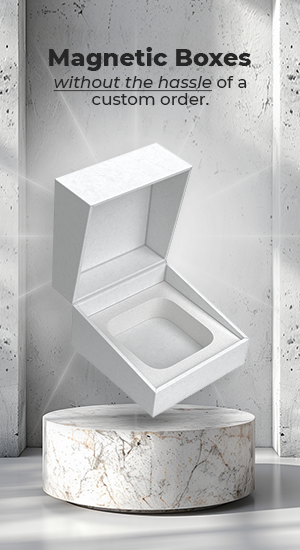

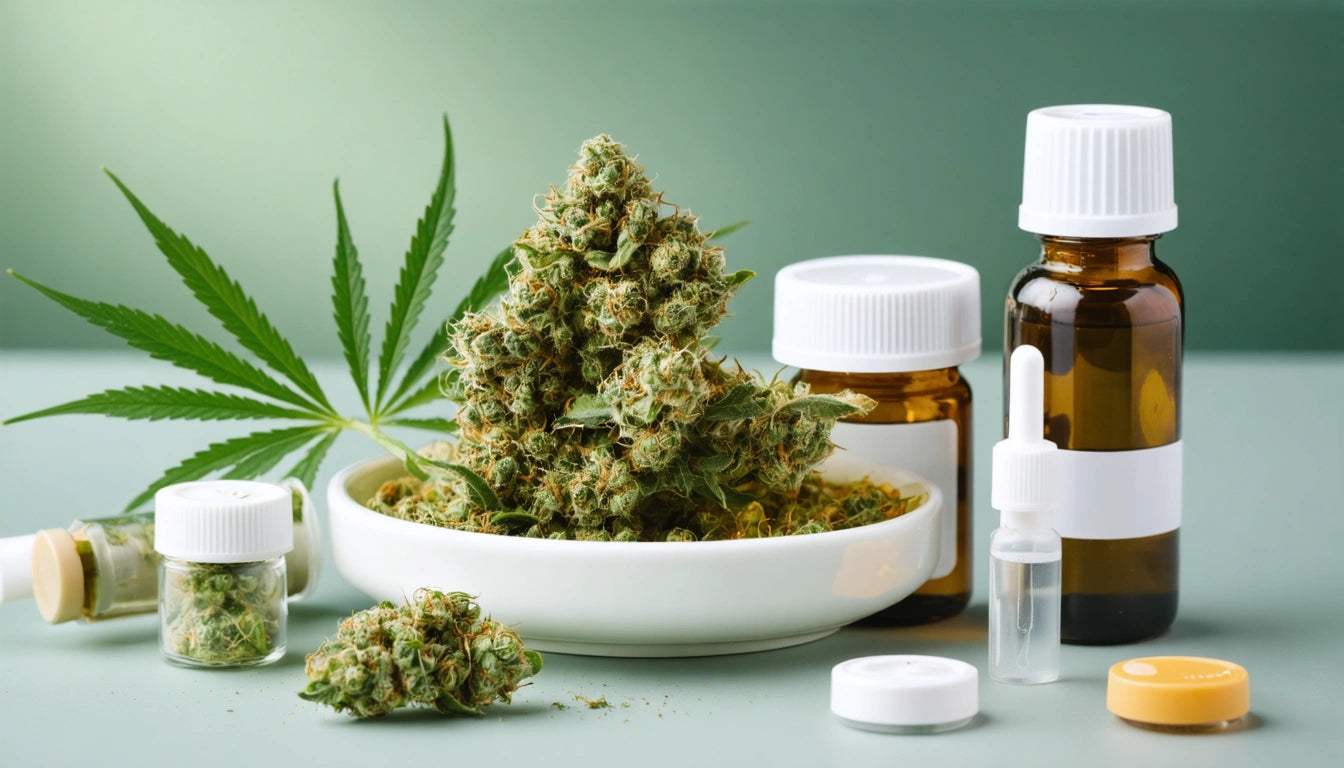
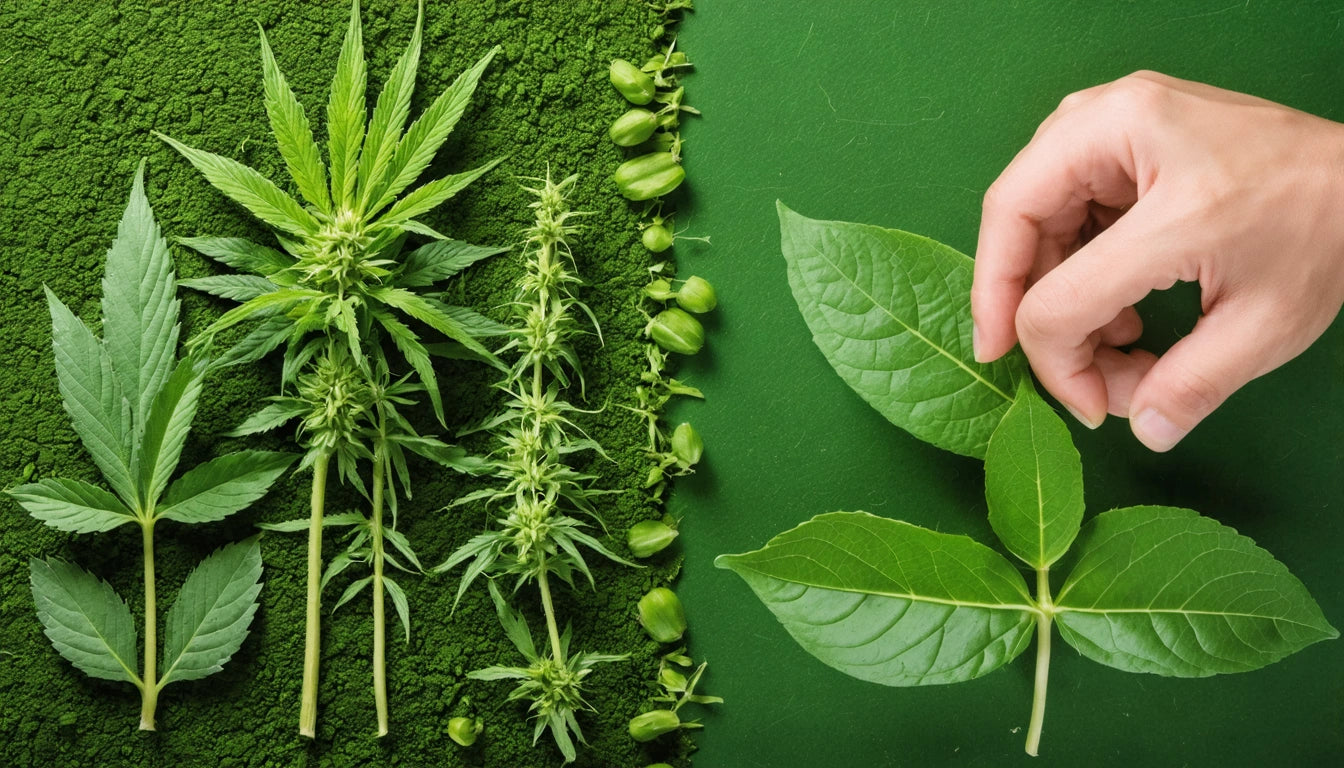
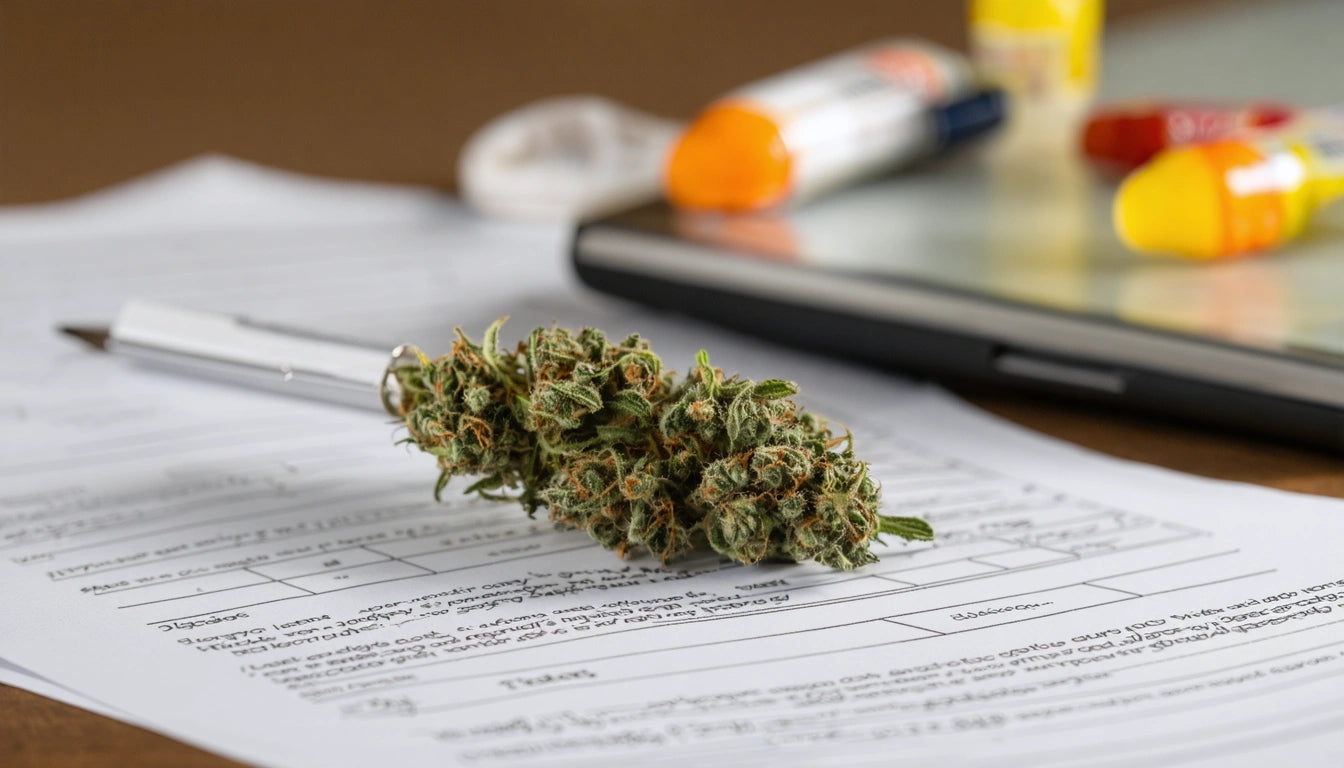
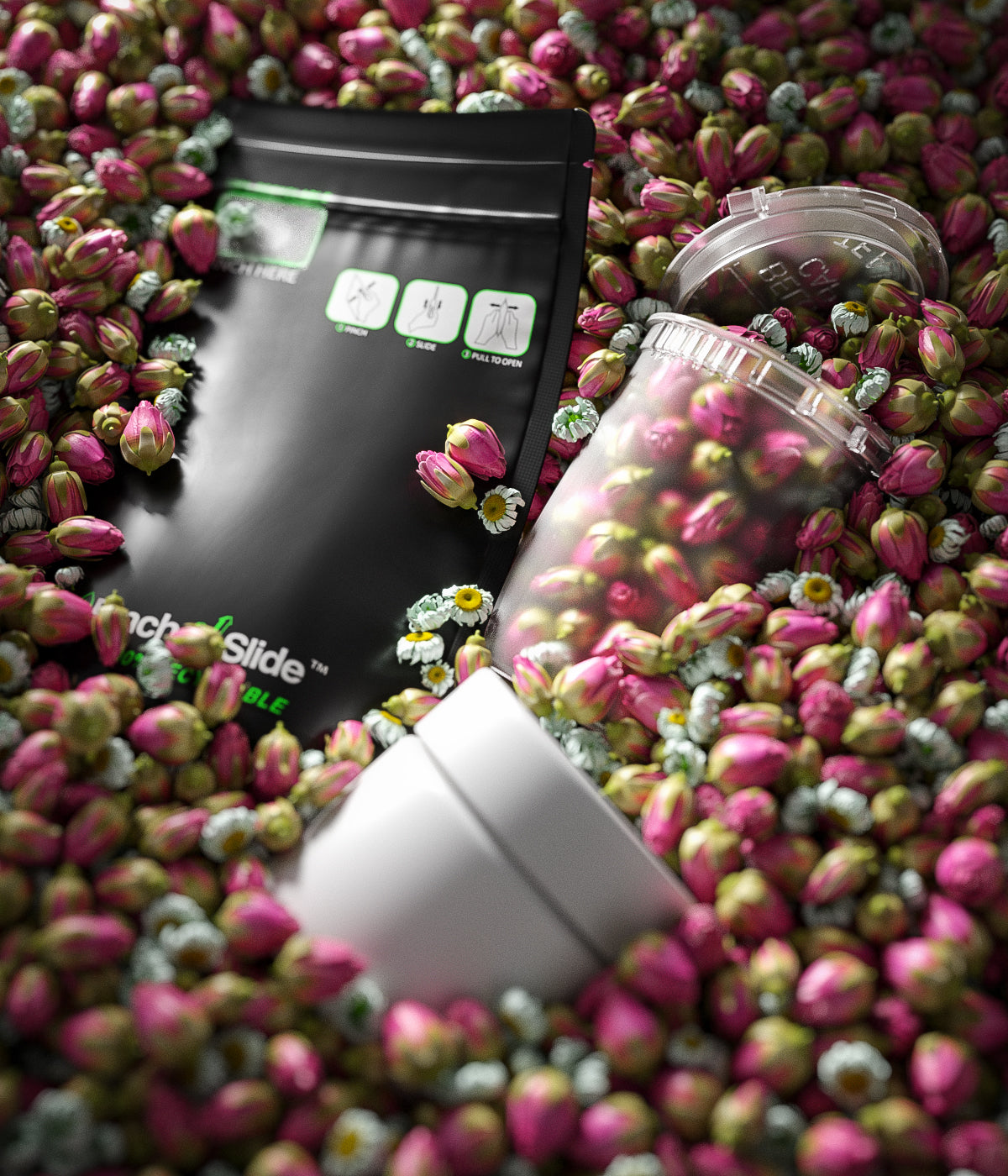
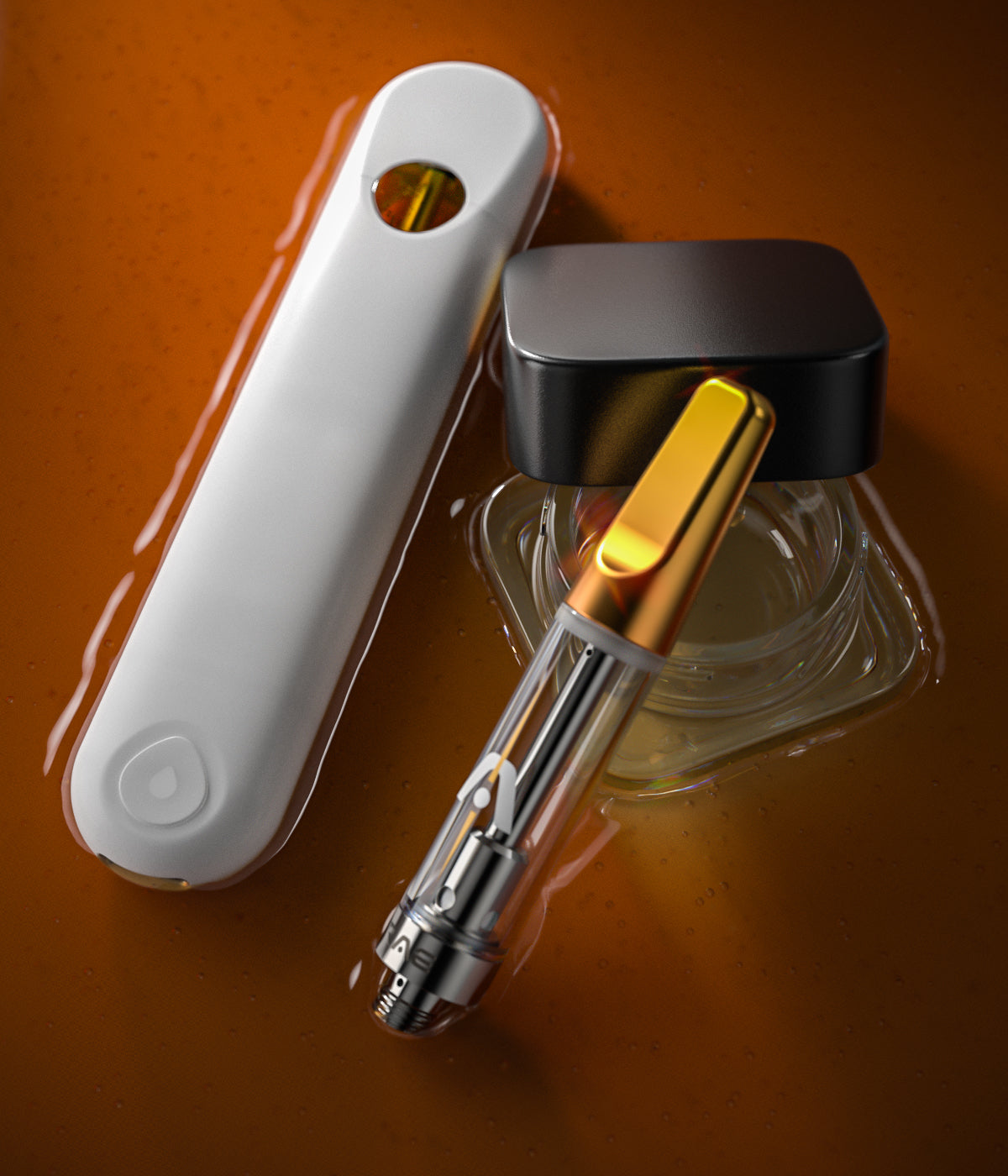
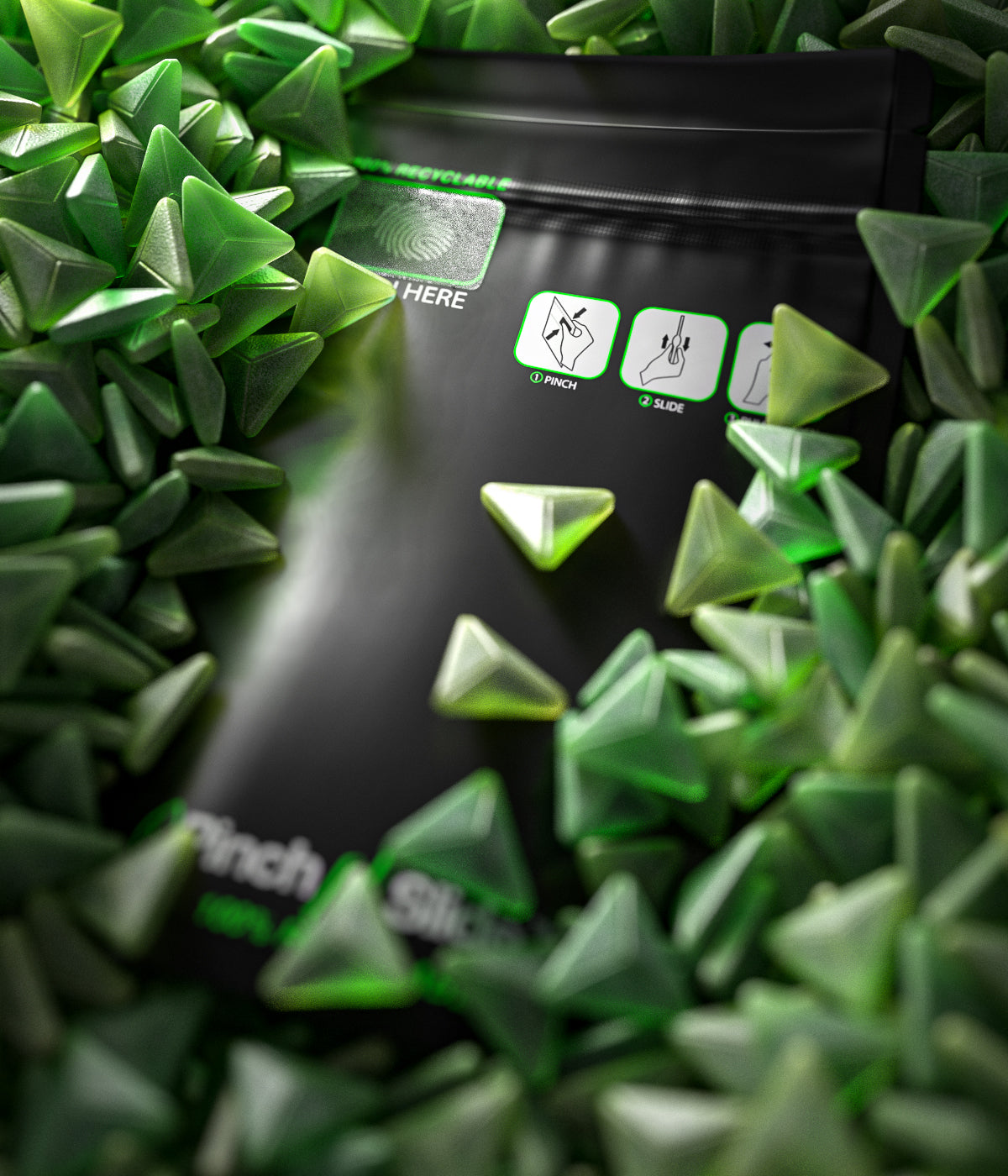
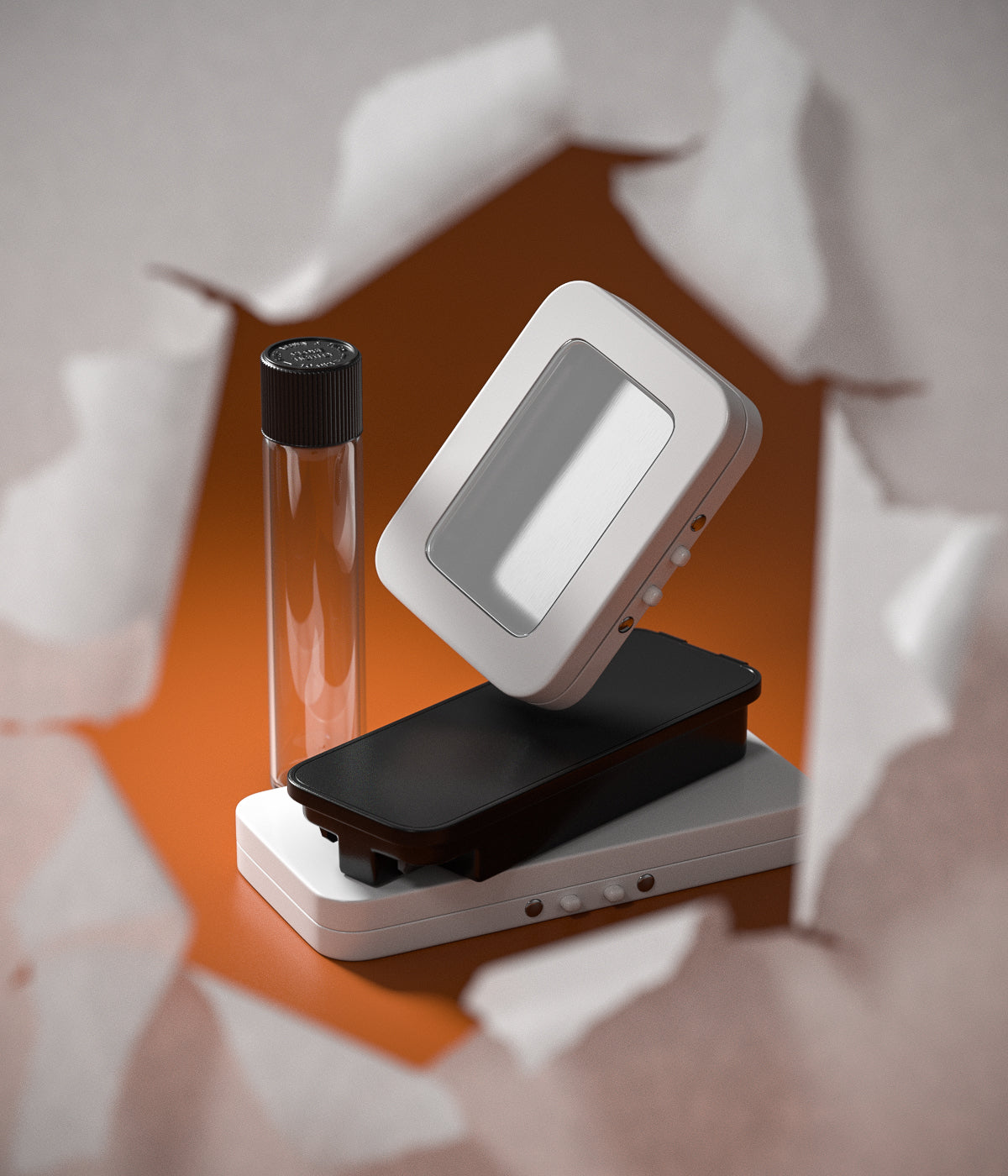
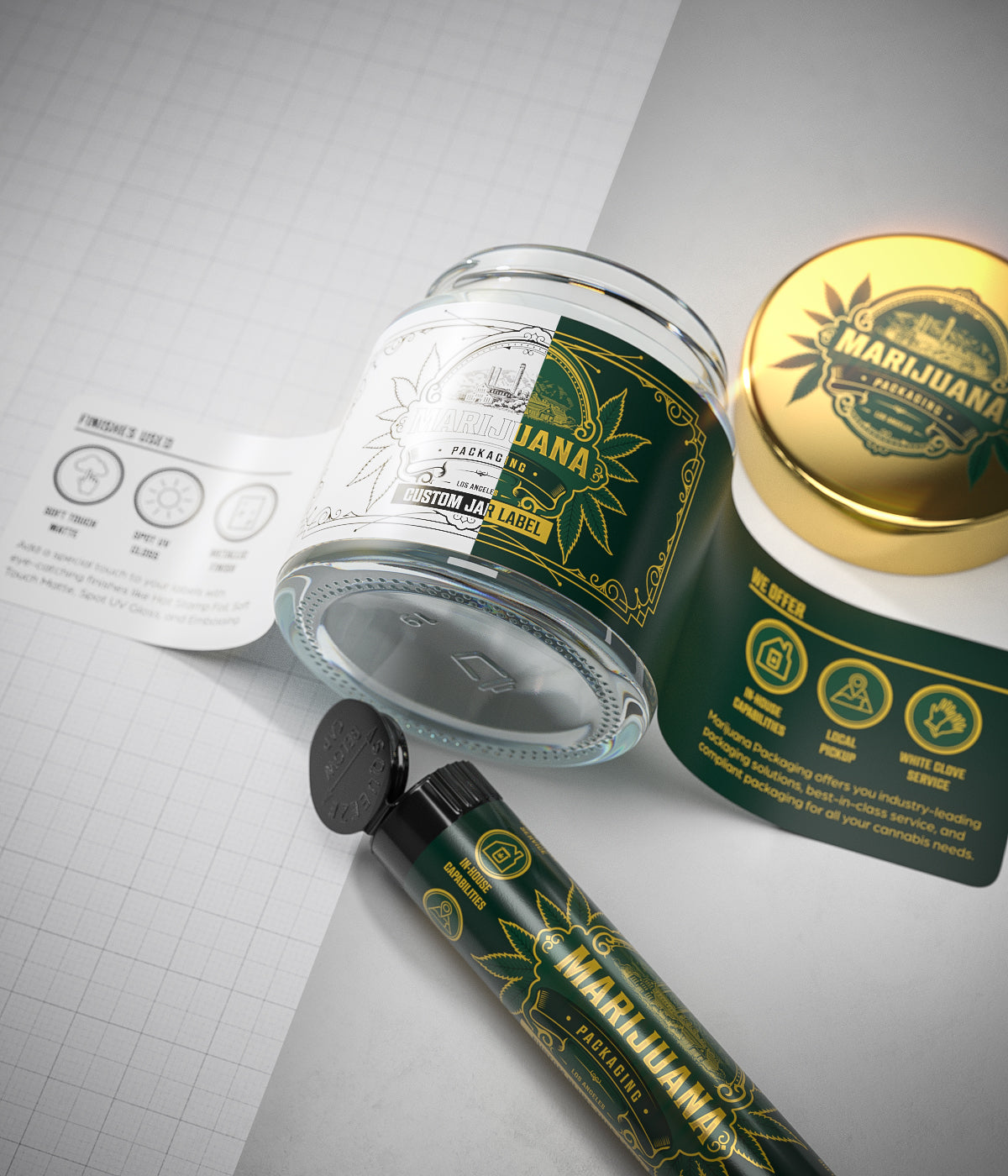
Leave a comment
All comments are moderated before being published.
This site is protected by hCaptcha and the hCaptcha Privacy Policy and Terms of Service apply.